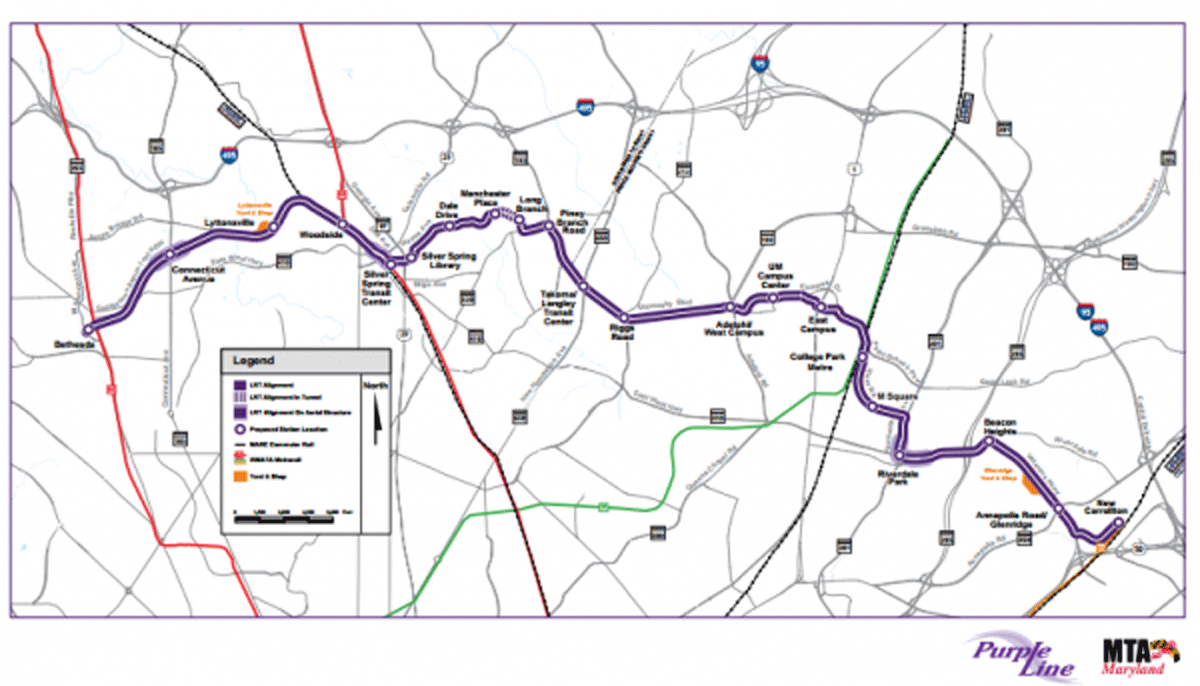
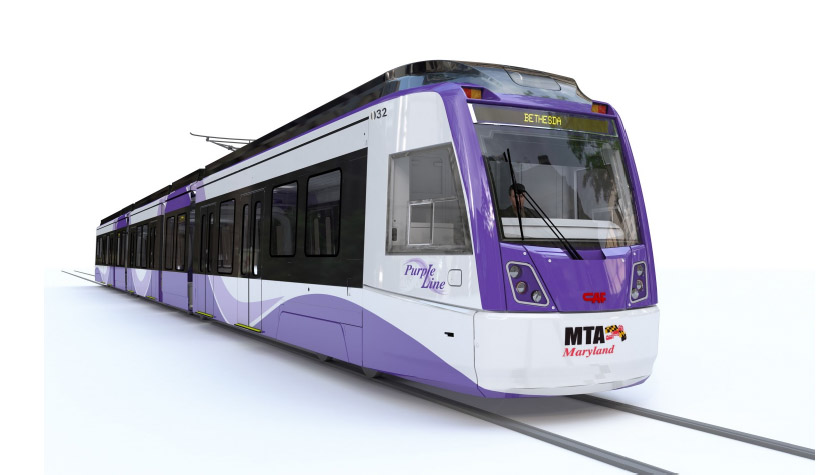
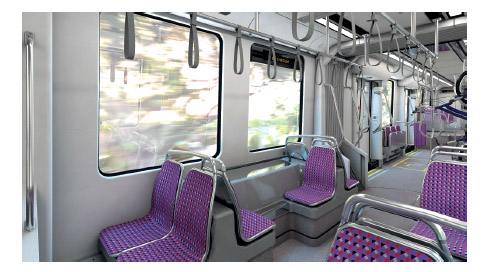
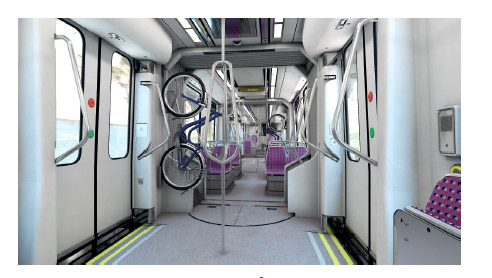
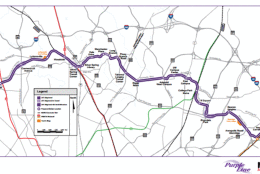
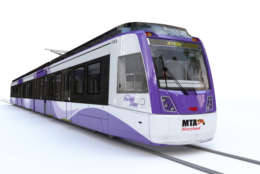
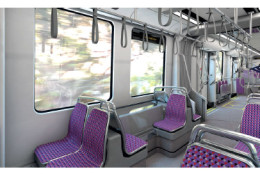
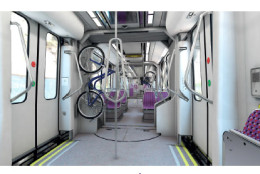
WASHINGTON — A proposed contract between the state of Maryland and a team of private companies that would build the Purple Line calls for changes to plans for several stations and details the more than $1 billion the state will spend on the 16-mile light rail line.
The almost 900-page document also details penalties that Purple Line Transit Partners, the team that will be build and operate the line, could face for service problems.
Gov. Larry Hogan announced the proposed contract with Purple Line Transit Partners Wednesday. If approved by the Maryland Board of Works in April, construction could begin later this year on the $2 billion rail line that would connect Montgomery and Prince George’s counties. Service is expected to begin in March 2022.
Trips from New Carrollton to Bethesda are expected to take about an hour, the contract states.
But there are penalties built into the contract for train delays or disruptions. A single day of dismal service would lead to a $25,000 fine.
And there are other performance measures built into the contract as well. During the first three months of service, any deductions would be doubled, and a point system will track problems over the course of the contract.
The contract includes incentives and penalties for Purple Line Transit Partners tied to traffic disruptions and community goals like noise control, communication, odors and cleaning.
Station updates and other design changes
The station changes in the contract include plans to build the Silver Spring station farther away from the Metro and MARC platforms than originally planned. Instead, the station would be moved to the other side of the Silver Spring Transit Center, with the tracks crossing high over Colesville Road and the Metro and railroad tracks. An elevator and stairs for the Metro station could be built later.
In Bethesda, Purple Line Transit Partners has reconfigured plans for the station entrance at Wisconsin Avenue and Elm Street to include elevators that will also run to a new Metro station entrance at the south end of the Red Line platform.
The Annapolis Road/Glenridge and the Beacon Heights stations will now have a single platform between the tracks rather than side platforms.
Purple Line Transit Partners, led by Fluor Enterprises, has promised solar-powered rail lubricators along curves to keep trains quieter, a warning signal at the crosswalk on Wayne Avenue at Springvale Road in Silver Spring, a redbrick plaza and expanded waiting area at the University of Maryland in College Park, and a split-wire system through the campus to protect research facilities.
Because the plan calls for a light rail system with lower power, the contract also calls for fewer power substations than originally planned.
Purple Line Transit Partners also plans build an overpass next to the new Glenridge Yard to provide access to the Glenridge Shopping Center.
Railcars and testing
Renderings of the cars, based on Houston’s light rail system, show a vehicle that looks a lot like the recently-opened D.C. Streetcar.
Under the deal, Maryland would pay $206 million for the first 26 light rail vehicles needed to run basic service. The state has the option of purchasing more vehicles and directing the private operator of the line to increase service. If that decision is made by early 2019, the line can open with more frequent service.
The contract also gives the state the option to buy more rail cars in several years and locks in the price that the state would pay.
Purple Line Transit Partners says any other changes to significantly increase service once railcars are available could take about a year to roll out.
In addition to regular, monthly payments of millions of dollars, the state will also give the private partners tens of millions of dollars more to maintain the cars and for other costs.
The state will own the line and railcars at the end of the 35-year contract.
The first cars that actually run on the Purple Line are scheduled to be tested on a 2.1-mile stretch between the Glenridge Yard and New Carrollton. When testing begins, there will be two complete stations on that stretch and traffic light priority will be in place to allow the light rail trains to move smoothly through intersections. That stretch will include two railroad crossings with gates and three power substations.
There will also be extra supervisors on the College Park campus when test runs begin to ensure the Purple Line operates safely, especially between classes.
Prince George’s and Montgomery counties still have a number of homeowners or business owners who must grant permission to temporarily or permanently use all or parts of their properties. In some cases, those properties must be purchased.
Construction also requires more permits in some areas, including from the National Park Service for the bridge that will cross the Baltimore-Washington Parkway. Purple Line Transit Partners says that bridge will fit in with others along the parkway.
Service on the new rail line can’t begin until the Capital Crescent Trail, which runs along the Purple Line route, is rebuilt.
Fares
Under the terms of the contract, Purple Line Transit Partners would be responsible for setting up a fare payment system using up to $15 million in funding from the state. The contract requires that the fare system must be compatible with Metro’s next generation fare system.
The Maryland Transit Administration, which is overseeing the project, will set fares. And fares would most likely be enforced by Maryland Transit Administration police, but local and state police would also have jurisdiction on the trains.
The contract does include an opportunity to hope for an earlier start date: Any request to open the line early must be submitted a year in advance.






